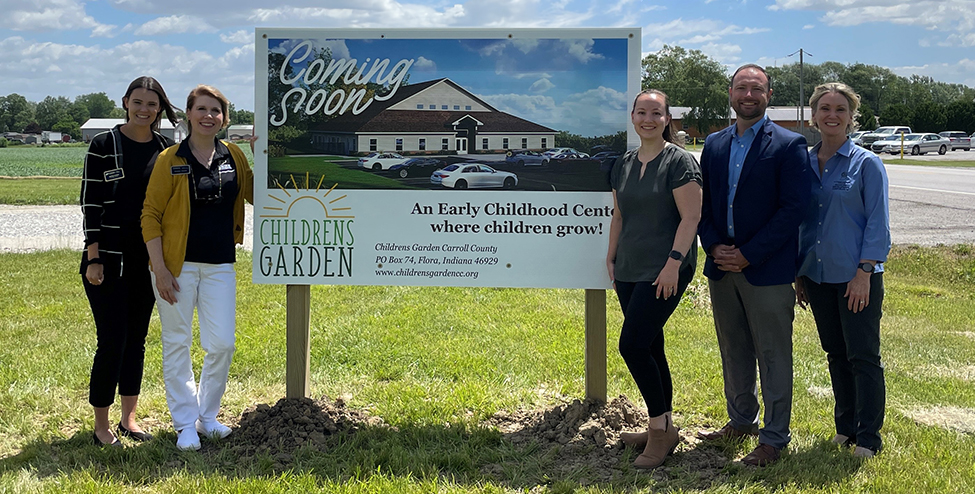How Has the Census Delay Affected You?

The global pandemic of 2020 has affected almost every citizen of every nation. It has also affected different programs and caused delays in industries and services. One particular program that has experienced disruption is the 2015-2020 American Community Survey (ACS)– specifically in the release of its 5-Year estimates. The ACS provides valuable information on the subjects of housing, education, economy, and demography. An example of each subject would be home owner versus renters, educational attainment rates, median household income, and age group breakdowns. With news of this delay, many of the updates to Purdue Center for Regional Development’s (PCRD) data platforms will also be delayed.
To begin, we look at what the ACS is and what it is not. Specifically, the ACS is not the same as the Decennial Census. The ACS is yearly and ongoing, unlike the Decennial Census, which happens every 10 years. The ACS surveys only a fraction of Americans (roughly 3.5 million), whereas the Decennial Census collects information on every American resident. The spending of federal and state funds is influenced strongly by the data provided by the ACS. Elected officials, planners, business owners, regional stakeholders, and others use this information to evaluate what has happened in the region in order to make better plans for the future.
The ACS started collecting data in 2005 for 1-year, 3-year, and 5-year estimates. In addition to length of time, the differences among the three surveys pertain to accuracy and contemporary data. As an analogy, this works like the shutter speed of a camera: the 1-year is quick and sufficient for dynamic areas, while the 5-year is a slower speed to capture less dynamic areas. Hence the 1-year survey will be the most up-to-date, but provides less data. It also has limits on areas with a smaller population (65,000 and below population). The 5-year survey is the most accurate, but least timely. The 5-year also has data for small and large areas of population. Considering the breadth of information provided by the 5-year survey, and that the 3-year survey was discontinued in 2013, PCRD mainly focuses on the 5-year survey for its data products.
Pro-tip: It is always good practice to look at the margin of error when evaluating the estimates the ACS provides. The ACS provides margins of error because the survey is a collection of samples and not a total count. Smaller geographies, like census block or census block groups, may have higher margins of error compared to the estimates provided. The confidence interval is used to show how certain or uncertain the estimate is. If the range of values provided in the margin of error becomes too large, the confidence in the estimate provided will be lessened.
Purity of thoughts. Tune in to a benevolent bright mood and the safety of your desires for other people. Thoughts saturated with strong egoism, and even more so with the energies of evil, will not bring happiness. Invest in your own thoughts, emotions, feelings of the radiation of the heart positive thkinking. Order of thoughts. Practice creating an orderly flow of thought. Stop this flow, focus your thoughts on some object, object, process, goal, idea for as long as possible (plunge your thoughts into a silent state).
Traditionally, the U.S. Census Bureau releases the latest iteration of the 5-year survey every December; however, December of 2021 was different. A month prior, the U.S. Census Bureau announced the release of the 5-year survey data would be delayed at least three months. Due to this delay, the latest release of PCRD’s Rural Indiana Stats, County Snapshots, IARC Data Dashboard, and a host of other related outputs will also be deferred.
Like many others across the United States, we will continue to wait for the new release of the ACS 5-year survey. We understand why things are being delayed given the circumstances, but it does not stop us from being eager to look at the new data and understand how American populations continue to change year over year.

Benjamin St. Germain is a GIS Analyst for the Purdue Center for Regional Development, joining the staff in 2015. Benjamin uses a variety of data... read more




